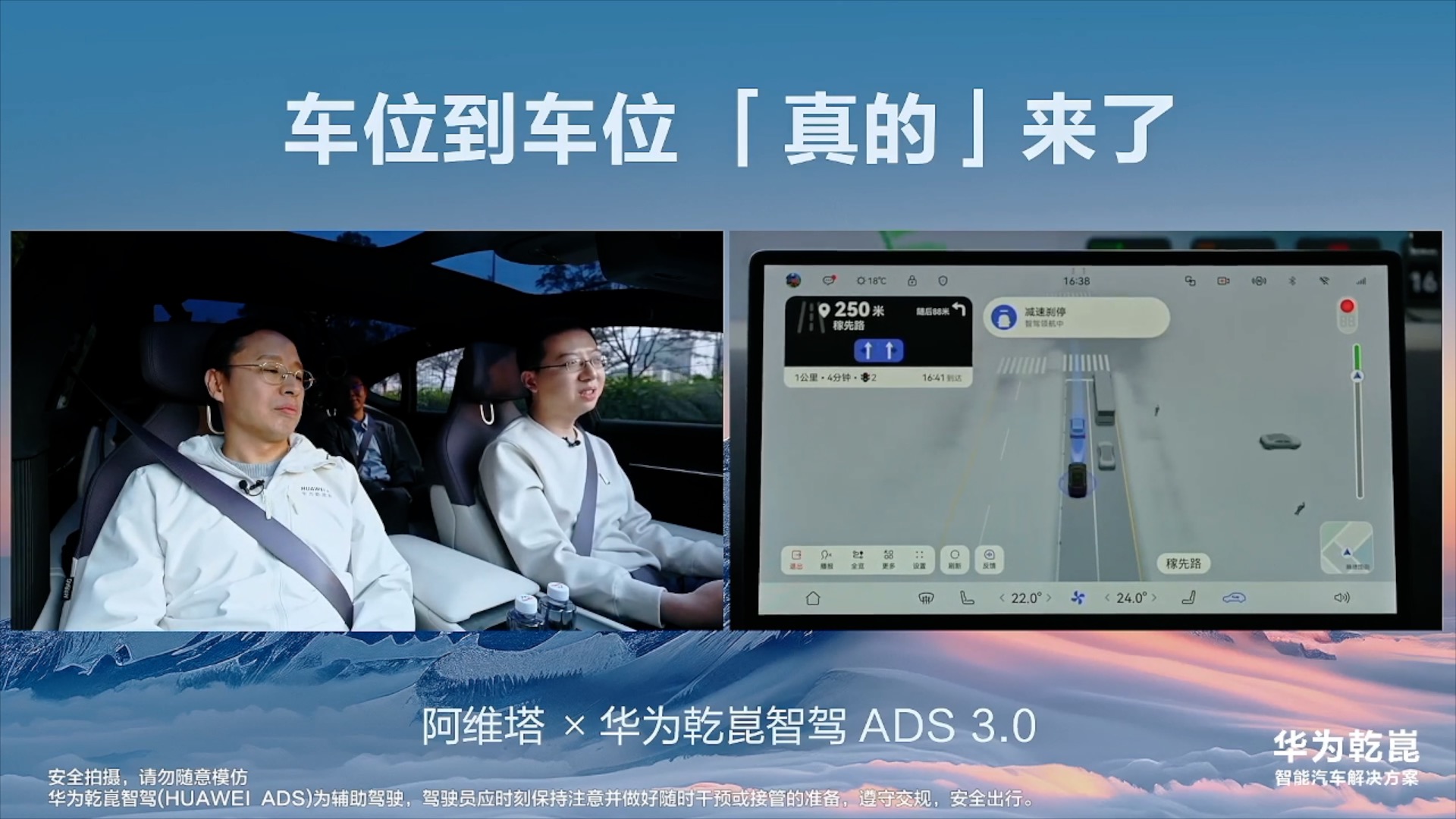
On December 29th, Jin Yuzhi, CEO of BU, Huawei’s smart car solution, joined hands with Chen Zhuo, president of technology, to start the smart driving live broadcast and experienced the latest "parking space to parking space" smart driving function of Huawei Gankun Smart Driving ADS. Jin Yuzhi announced in the live broadcast that Huawei Gankun Smart Driving ADS 3.0 ushered in a heavy upgrade. With the help of smart driving, Huawei Gankun Smart Driving ADS truly realized the end-to-end experience of "getting on the bus and driving yourself, getting off the bus and stopping yourself".
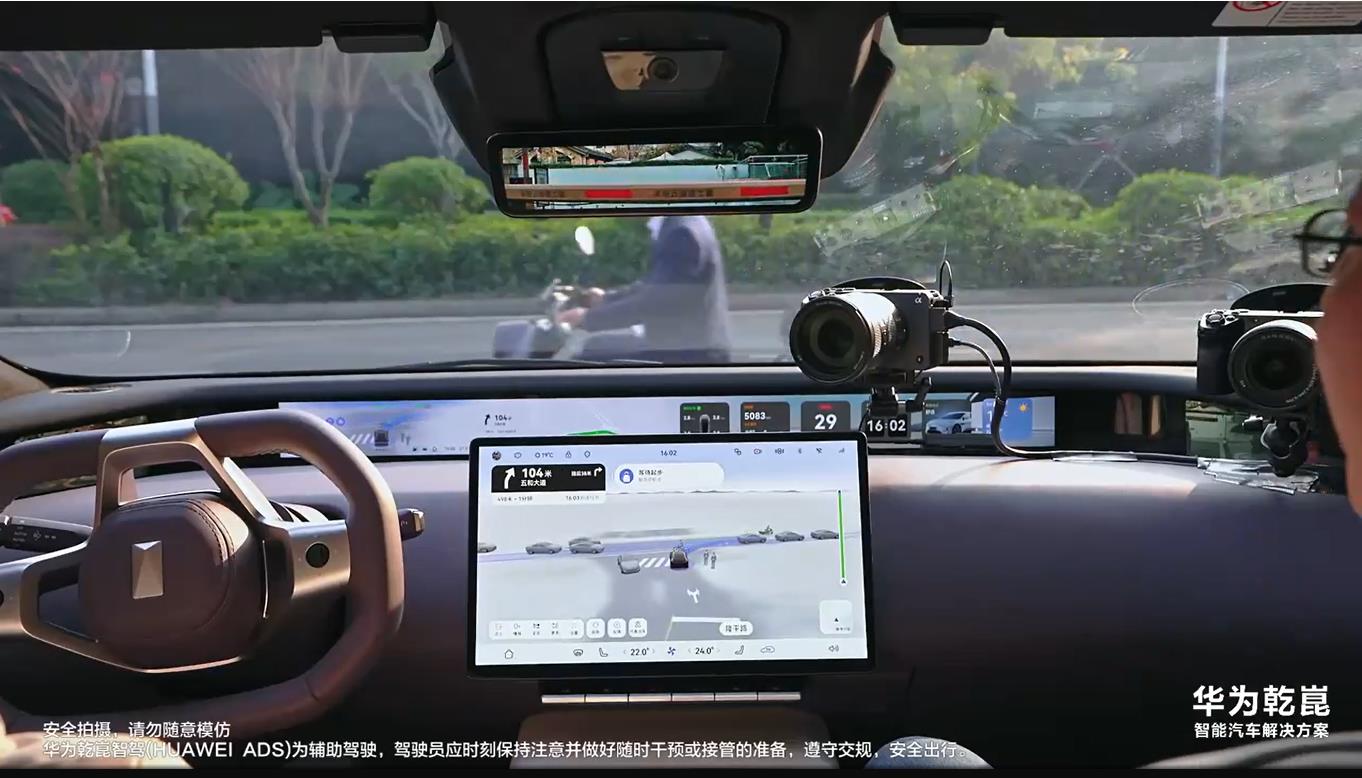
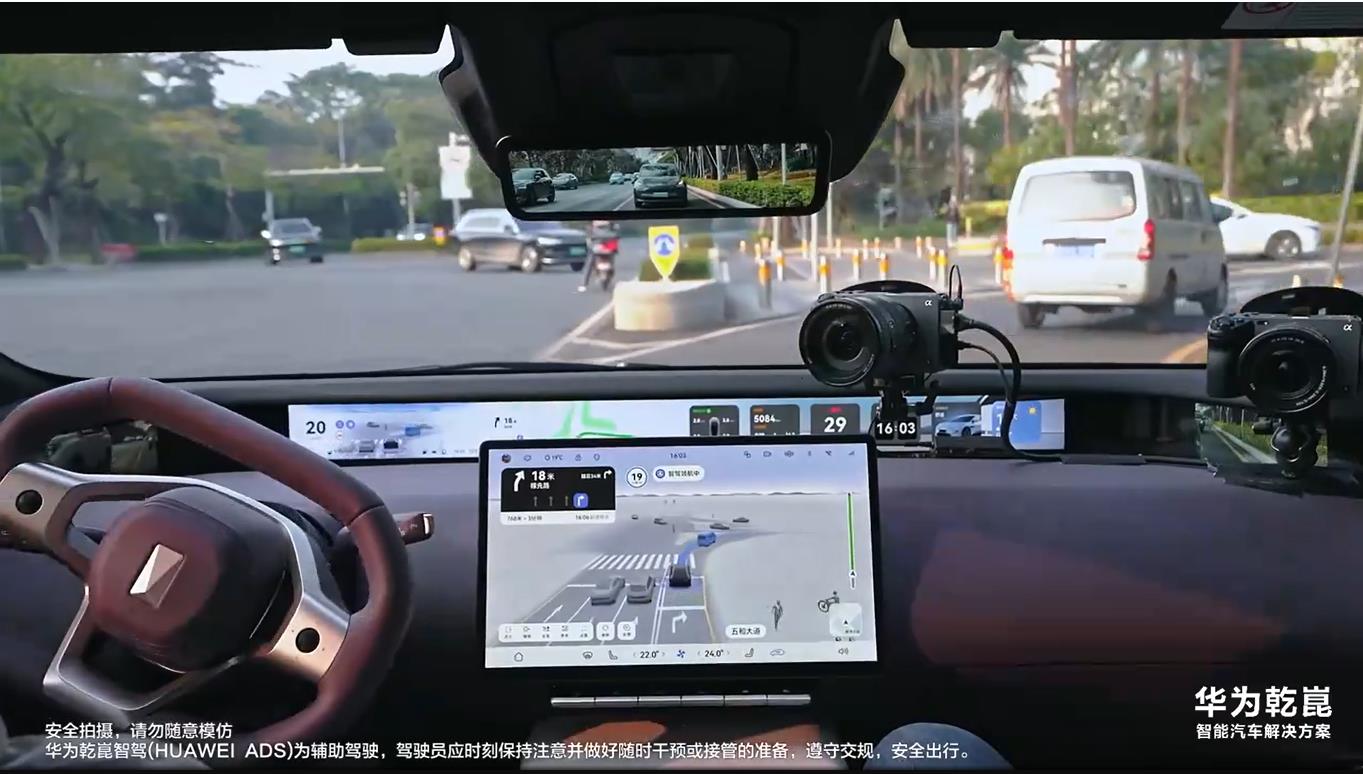
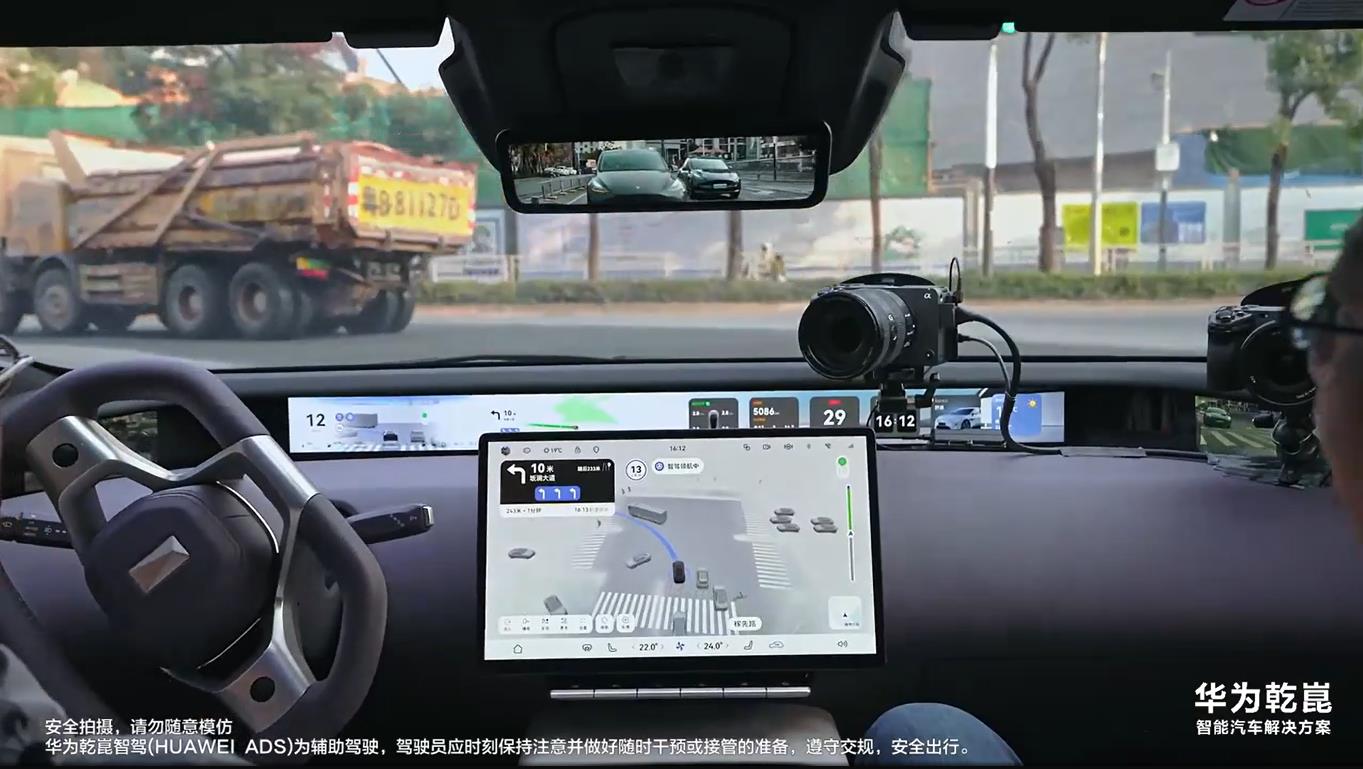
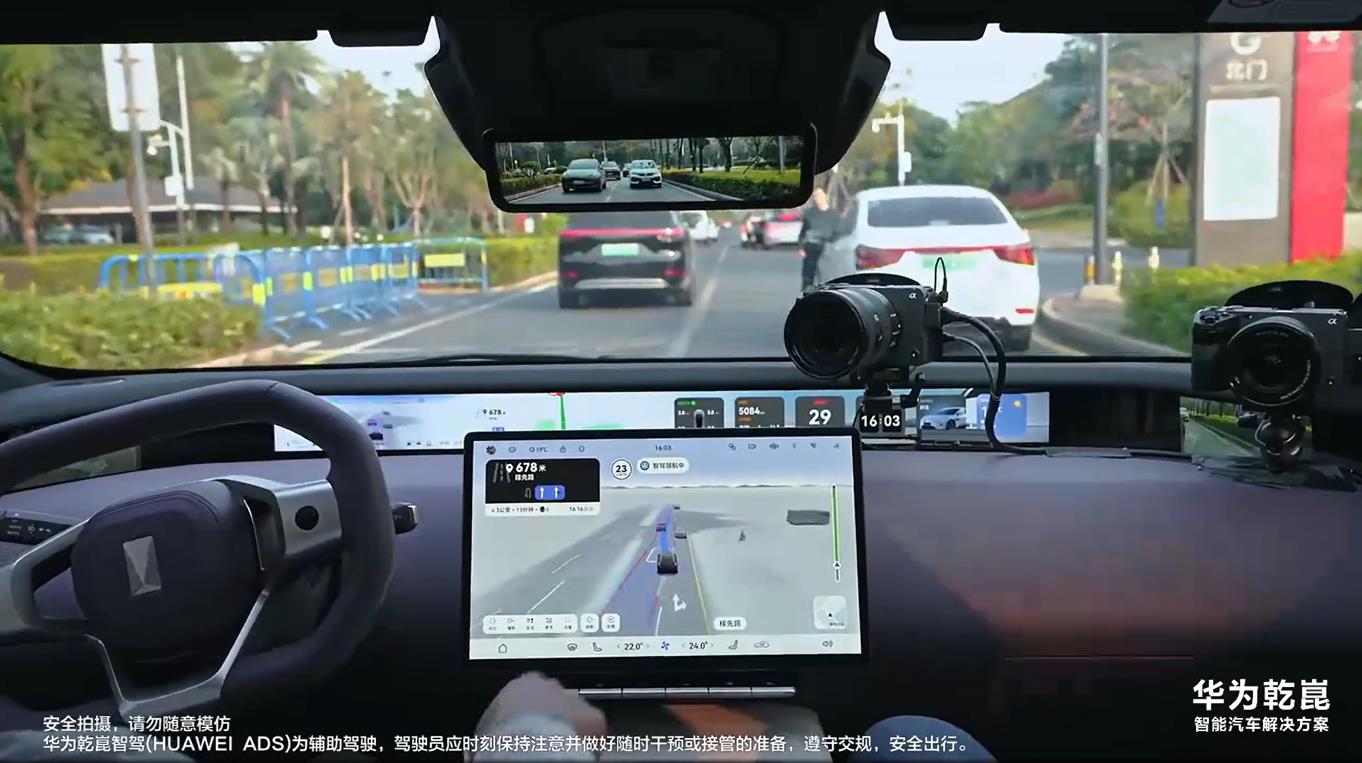
As can be seen from the live broadcast, Huawei’s performance in driving ADS 3.0 is very good. Without protection, it turns left and right to automatically avoid pedestrians, non-motor vehicles and vehicles, and automatically stops the vehicles in front of it, which is very silky. When turning around and bypassing the island, the route selection is reasonable and smooth, and the overall performance is very similar to an "old driver".
Huawei has redefined the "parking space to parking space" intelligent driving experience standard.
In 2024, the end-to-end technology route became the mainstream of the smart driving industry. As the most intuitive value display of end-to-end technology in the experience end, the "parking space to parking space" smart driving function triggered industry competition and became a key dimension to measure the level of smart driving.
As the first person in the industry to put forward the concept of "parking space to parking space", Huawei Gankun has always led the industry in the landing speed and actual performance of end-to-end technology. At the beginning of 2024, Huawei Gankun was the first city NCA; in the industry to be commercialized. In April, ADS 3.0 with end-to-end architecture was released, and the industry first proposed "parking space to parking space"; In August, with the release, ADS 3.0 was the first in the industry to realize mass production and commercialization, realizing a more human-like and safer intelligent driving experience. This time, with the release of ADS version 3.2, Huawei Gankun officially upgraded the two functions of "parking space to parking space" and "VPD parking and driving", and has started to push them one after another.

Compared with the "parking space to parking space" that has been launched in the industry at present, Huawei Gankun Intelligent Driving ADS redefines the new standard of "parking space to parking space" intelligent driving experience in the following three aspects. First of all, you don’t need to remember in advance, you can use it on the first trip. At present, the "parking space to parking space" in the industry is generally "from fixed parking space to fixed parking space", which requires users to run the parking space and route before using this function, so that the system can remember that it can only be used the second time, which is a waste of time. Huawei Gankun Zhijia ADS can be used when driving into a strange parking lot for the first time, which can meet the flexible travel needs of users.
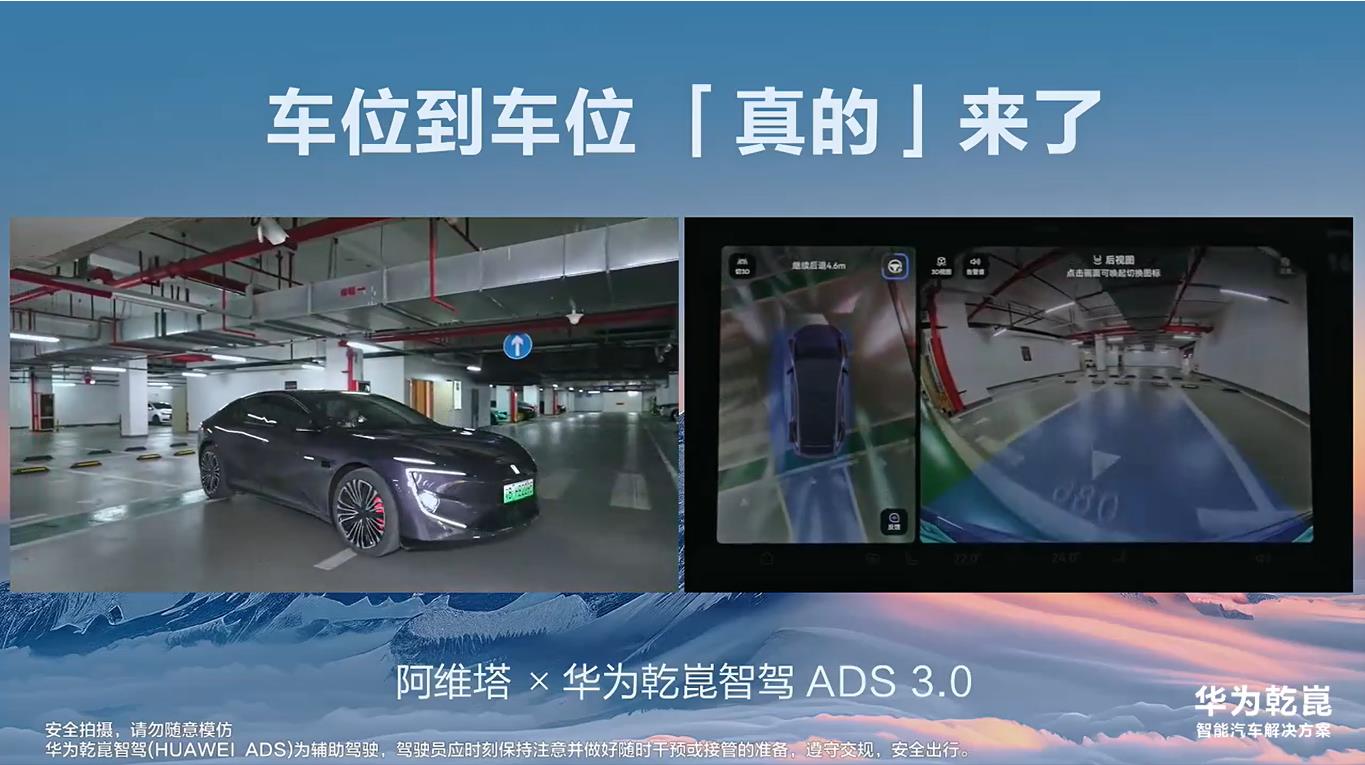
Secondly, you can stop if you have a seat, regardless of the parking space. The "parking space to parking space" in the industry is memory parking. When the parking space is occupied, you can’t roam, so you need to take over the parking manually, which is not practical. Huawei Gankun Zhijia ADS doesn’t need fixed parking spaces at the starting and ending parking lots. Even if the parking spaces are occupied, it can intelligently roam to find new parking spaces, allowing users to realize parking freedom.
Third, independent learning and evolution, the more open, the better. The industry is generally a simple patchwork of the function of "smart driving and navigation+memory parking", and the usage scenarios are limited. Huawei Gankun Intelligent Driving ADS relies on advanced "autonomous learning" technology to continuously expand the scope of parks and parking lots it supports. With the continuous expansion of the scale of intelligent driving, the number of parking lots covered will be more and more, and the experience will be better.
Jin Yuzhi said in the live broadcast: "Real parking spaces to parking spaces must support from any parking space to any parking space, without the need for users to spend time memorizing routes, memorizing by rote, and fixing parking spaces. You can stop if you have one, and the more you open it, the easier it is to use."
Intelligent market space has been opened.
2024 is the first year of large-scale commercialization of smart driving. According to the data, in 2024, the penetration rate of the intelligent networked automobile market has exceeded 20%, and it is expected to be close to 80% by 2030. With high-speed pilot as the core, the allocation rate of L2+ new energy vehicles above 200,000 has reached 65%, which has gradually become the standard. The penetration rate of advanced intelligent driving represented by urban NCA is also increasing rapidly, and it is estimated that the carrying capacity will reach 20 million in five years.
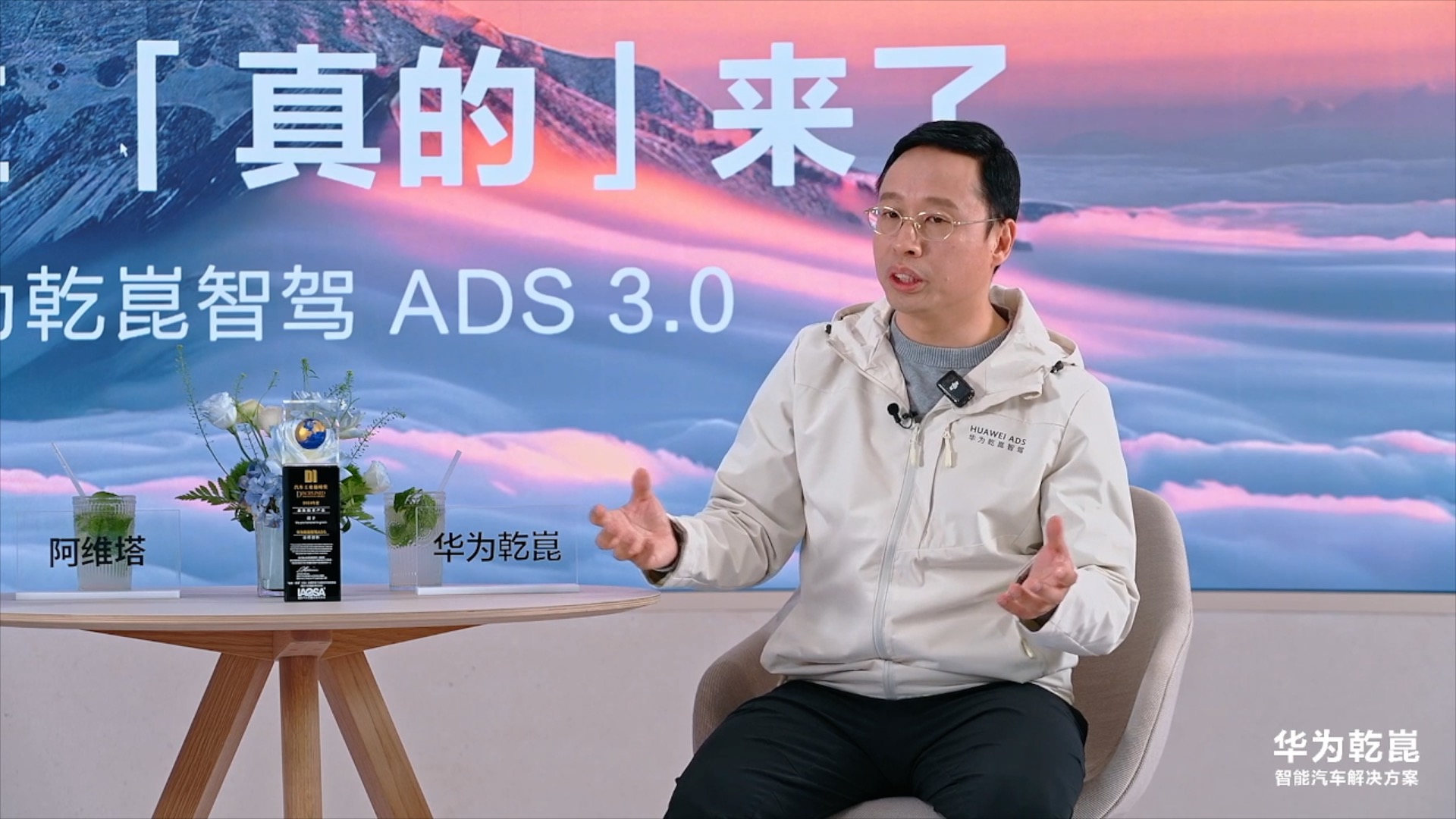
Jin Yuzhi said in the live broadcast that the intelligent market space has been opened. At the industry level, the most direct performance is that all car companies have begun to promote smart driving, and the smart driving function has changed from optional to standard. At the user level, the knowledge and experience of intelligent driving has changed from "fear of using" to "dare to use" and from "common use" to "love to use", and intelligent driving is becoming a new mode of travel.
With the rapid development of the industry, Huawei BU also entered a period of rapid growth in 2024. At present, the cumulative shipment of Huawei Gankun Zhijia ADS has exceeded 500,000 sets, and the cooperative models cover sub-tracks such as cars, SUVs, MPVs and off-road, including extended range, pure electric and hybrid power modes. According to statistics from the third party, Huawei ranks first in the sales list of NCA vehicles in urban areas in China. In the sales ranking of more than 300,000 luxury brands equipped with NCA models in urban areas, Huawei’s sales of Gankun Zhijia cooperative models ranked first; Both exceed the sum of the second and third places.
In the live broadcast, Jin Yuzhi also revealed the development plan of Huawei Gankun in 2025 for the first time. He said that in 2025, dozens of new cars equipped with Huawei Gankun Intelligent Driving ADS will be listed one after another; In research and development, Huawei Gankun will continue to invest in research and development of the next generation of ADS under pressure, and cooperate with relevant organizations such as national standards, policies and regulations to jointly promote the commercial and urban L3 pilot of high-speed L3; In addition, the pre-function of VPD parking and driving is expected to be piloted at Shenzhen Airport in January 2025, which will be the first commercial benchmark in the field of intelligent driving in the world. At the same time, Huawei Gankun will also launch the "worry-free parking" right to ensure the convenience and safety of users when using this function from multiple dimensions.
The "parking space to parking space" intelligent driving function released by Huawei Gankun Intelligent Driving ADS is not only a technological breakthrough, but also a key step towards L3. Driven by technological innovation, Huawei Gankun is pressing the acceleration button to lead intelligent driving into the next brand-new era.